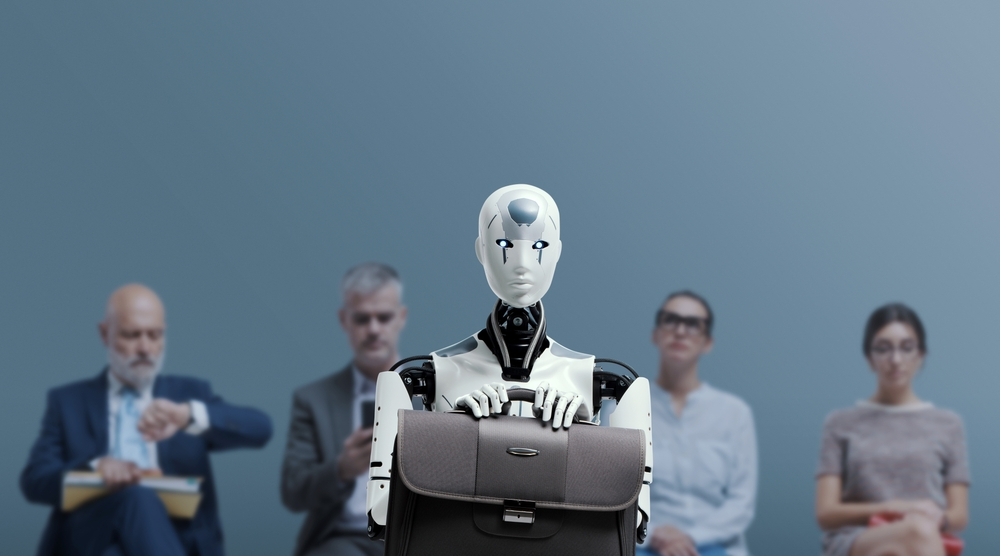Highlights:
- The report concluded that only 23% of workers’ earnings for such tasks might be cost-effectively replaced by AI systems.
- One of the challenges is that AI is limited to statistical and symbolic thinking, in contrast to humans, who have both conscious and subconscious thought processes.
Robots with artificial intelligence cannot match some of the compelling advantages humans still offer, which could help keep humans employed for some time.
Many businesses have long harbored concerns about AI robots taking over human jobs, and with the technology’s rapid advances since last year, a lot of those concerns have resurfaced. It turns out that most jobs still cost much too much to automate using AI, so most of us don’t need to worry too much just yet.
That, at least, was the conclusion drawn from a recent study called Beyond AI Exposure, written by five academics from the Massachusetts Institute of Technology. The study focused on jobs that need computer vision abilities, like those done by property appraisers, instructors, and bakers, and it delves deeply into the realities of installing AI systems to replace human labor in numerous industries.
The report concluded that only 23% of workers’ earnings for such tasks might be cost-effectively replaced by AI systems. Researchers wrote, “Even with a 50% annual cost decrease, it will take until 2026 before half of the vision tasks have a machine economic advantage. By 2042, there will still exist tasks that are exposed to computer vision, but where human labor has the advantage.”
The researchers estimate that it would take decades for computer vision activities to become more economically advantageous for most organizations, even if the cost of AI systems drops by 20% annually.
Notably, the MIT-IBM Watson AI Lab provided funding for this project, which employed online surveys to collect comprehensive data on 1,000 visually aided tasks spanning 800 different professions. According to the study, only three percent of these tasks can now be economically automated. However, if data costs continue to decline and accuracy increases simultaneously, this percentage might increase to 40% by 2026.
The researchers provide some solid arguments for why it’s unlikely that AI will replace most people in the workforce anytime soon. The technology underlying AI systems is expensive to install and maintain, even though these systems are quite good at analyzing images and finding patterns within them.
The authors concluded that in many use situations, it would probably be more cost-effective to use human judgment and abilities. AI poses serious implementation issues and has a power consumption issue as well.
One of the challenges is that AI is limited to employing statistical and symbolic thinking, in contrast to humans, who have both conscious and subconscious thought processes. It still has limitations regarding jobs requiring implicit knowledge and gut feeling, which is typically the basis for human emotional intelligence and critical thinking. Such talents will remain indispensable in many businesses, making it difficult for AI to replicate them anytime soon.
Not that AI won’t have an impact on some jobs. Due to the repetitive nature of many of their jobs, the banking, marketing, healthcare, legal, retail, and transportation sectors have all been identified as excellent prospects for further automation. It is, therefore, possible to replace the humans who perform them with machines at a reasonable cost.
For example, according to a Goldman Sachs analysis from 2023, generative AI may impact up to 300 million employment or 18% of all jobs worldwide. The MIT study also notes that advances in AI related to data efficiency and accuracy could significantly increase the potential for automation. Currently, though, it seems overblown to worry that AI will replace humans in many occupations.





























































